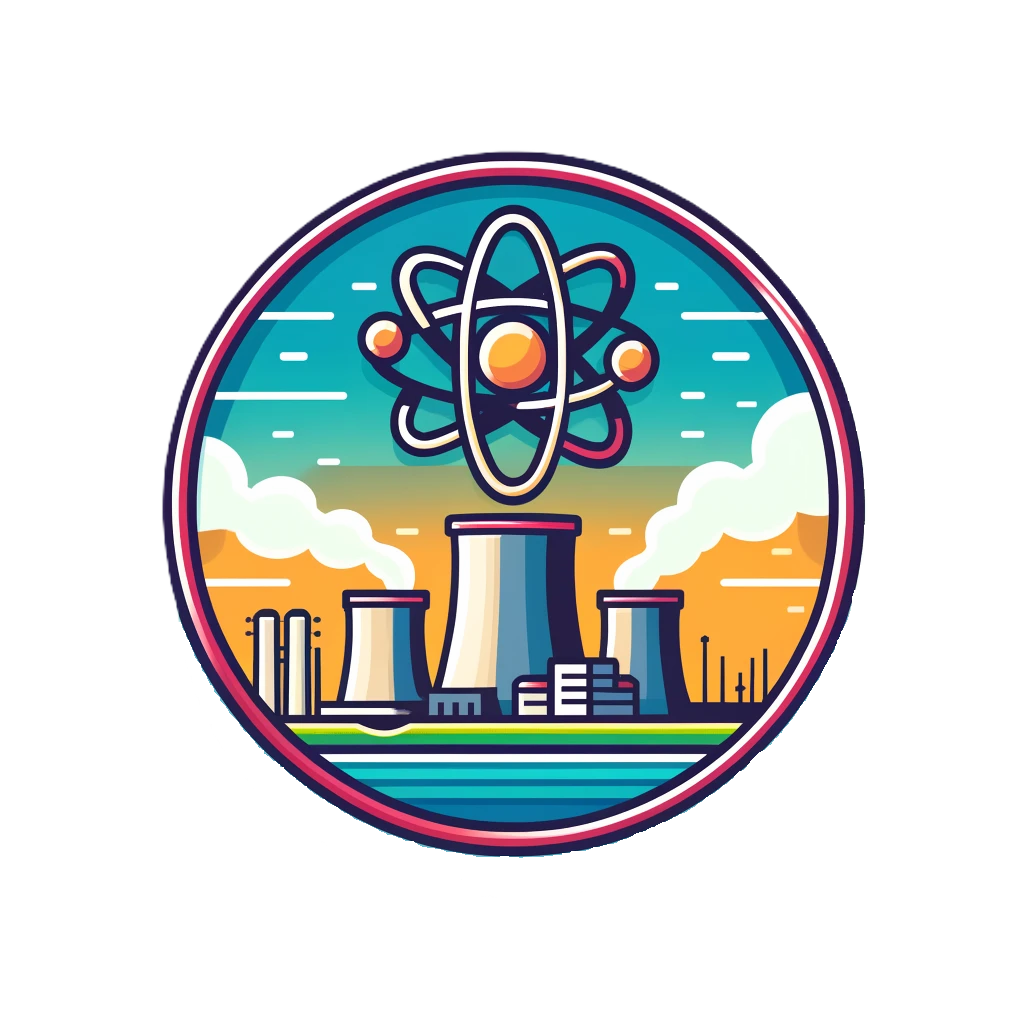NM ENERGY 101
New Mexico, a state with a diverse landscape and rich natural resources, is poised to be a leader in energy development. With abundant fossil fuels, vast potential for renewable energy, and a supportive regulatory environment, New Mexico’s energy sector is set for significant growth and innovation.
New Mexico’s rich energy resources and forward-thinking policies position it as a key player in the nation’s energy future.
By harnessing its fossil fuel reserves responsibly and aggressively expanding its renewable energy capacity, New Mexico can achieve a balanced and sustainable energy portfolio that benefits its economy, environment, and residents.
Renewable energy

Solar Energy
- Solar Potential: New Mexico has one of the highest solar potentials in the country due to its high sun exposure.
- Projects: Numerous large-scale solar farms and residential solar installations are under development.
- Incentives: State and federal incentives support solar energy adoption.

Wind Energy
- Wind Resources: The eastern plains of New Mexico have strong, consistent winds suitable for wind power generation.
- Wind Farms: Several wind farms are operational, with more in the planning stages.
- Job Creation: The wind energy sector provides jobs in construction, maintenance, and manufacturing.

Geothermal Energy
- Geothermal Resources: The state has significant geothermal resources.
- Applications: Geothermal energy can be used for electricity generation and direct heating applications.
Fossil Fuels

Oil
- Production: New Mexico is one of the top oil-producing states in the U.S., particularly from the Permian Basin.
- Economic Impact: The oil industry contributes significantly to the state’s economy through job creation and tax revenues.
- Technological Advances: Modern drilling techniques, such as hydraulic fracturing and horizontal drilling, have increased production efficiency.
Natural Gas
- Reserves: The state has large natural gas reserves, primarily in the San Juan Basin.
- Usage: Natural gas is used for electricity generation, heating, and as a feedstock for various industrial processes.
- Infrastructure: Extensive pipeline infrastructure supports the distribution and export of natural gas.
Carbon Dioxide
- Production: The CO2 produced from the Bravo Dome, North-East NM, is primarily used for CO2 enhanced oil recovery in the Permian Basin.
- Infrastructure: Extensive pipeline infrastructure supports the distribution of CO2 to the Permian Basin.

Coal
- Decline in Usage: Coal production has declined due to regulations on emissions and a shift towards cleaner energy sources.
- Transition: Projects are ongoing to repurpose former coal plants, especially in the San Juan Basin, and support the impacted communities.
Energy technology

Hydrogen
- Potential: Research is underway to explore the use of hydrogen as a clean energy source.
- Projects: Pilot projects focus on hydrogen production, storage, and utilization.

Storage
- Importance: Energy storage systems, such as batteries, are crucial for integrating renewable energy into the grid.
- Innovations: New Mexico is investing in advanced energy storage technologies to enhance grid reliability.
The role of mining

Critical minerals
Importance: Critical minerals are essential for the production of high-tech devices and renewable energy technologies.
Innovations: New Mexico is investing and has ongoing research in the exploration, extraction, and processing of critical minerals to support technological advancements and economic growth.

Nuclear energy
Importance: Nuclear energy is crucial for providing a reliable and low-carbon source of power.
Innovations: New Mexico is investing and has ongoing research in advanced nuclear technologies. Notably, Sandia Science & Technology Park (SS&TP) and the Kairos Power R&D center in Albuquerque, but also UUSA, operated by Louisiana Energy Services, runs the only commercial enrichment facility in the U.S. from Eunice, New Mexico.
The role of water
Water use in the energy sectors
Water is crucial for cooling processes in power generation, particularly in thermoelectric and nuclear plants. Efficient water use ensures the reliable operation of these facilities.
Future Potential
Policy Support
- Renewable Portfolio Standards: State policies mandate increasing the share of renewable energy in electricity generation.
- Tax Incentives: Tax credits and other financial incentives encourage investment in renewable energy projects.
Economic Impact
- Job Creation: The expansion of the energy sector creates jobs across various skill levels.
- Revenue Generation: Energy development contributes to state revenues through taxes and royalties.
Environmental Benefits
- Reduced Emissions: Transitioning to renewable energy sources helps reduce greenhouse gas emissions.
- Sustainability: Sustainable energy practices support long-term environmental health and resource conservation.
